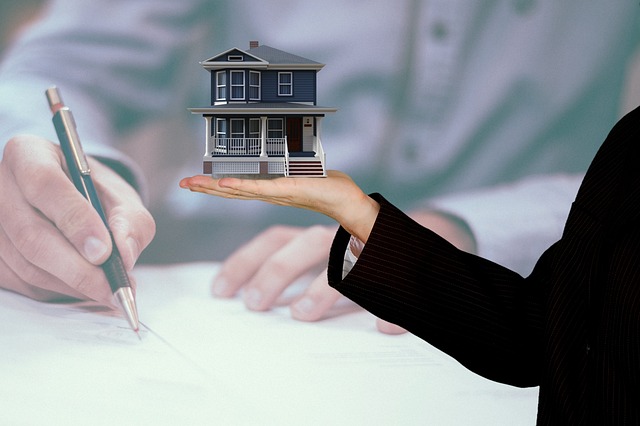Need to call a plumber? Here’s how to check for potential problems and apply quick fixes before you need to call a plumber .
Taps leak, drains clog and ducts sweat – in any given year the plumbing in your home will need some kind of maintenance or repair.
Here’s how to check for potential problems and apply quick fixes before you need to call a plumber.
1. Fix a leaking tap/showerhead

Usual suspects: A worn or faulty washer, or high water pressure are two common causes of a leaking tap or showerhead. Diagnose the problem before proceeding with a fix because repair advice is dependent on the exact issue.
What to do: Firstly, turn off the water supply under the sink and turn on the tap to drain remaining water, then plug the sink so you don’t lose any essential parts.
If it is a worn or faulty washer, the tap/showerhead will squeak when turned on/off as well as leak. Take apart the tap, being careful to lay it out in the exact order that you took it apart (some people like to photograph or video the steps so they can do it in reverse when re-assembling the tap). Replace the washer and reassemble the tap.
If you hear a banging sound when you turn on the leaky tap or shower, this usually indicates water hammer, which is often caused by high water pressure. If this is the case you can install an anti-hammer valve into the tap or showerhead or reduce the water pressure at the mains.
Call a plumber: If you can’t diagnose the problem or don’t have the confidence to disassemble and reassemble a tap, it’s time to call for help. Plumbers should also guarantee their work on fittings, so you can rest easy for a few years.
2. Unclog a bath/shower drain
Usual suspects: The culprits that clog a bathroom drain are usually soap scum and hair. The soap cakes the inside of the pipes, hair gets caught on it and the blockage builds.
What to do: If you can see the blockage, you can try to fish it out with an implement like a coat hanger. Another effective method is to ‘melt’ the scum by pouring hot water with a little detergent in it down the drain or use good old baking soda and vinegar.
Call a plumber: If you can’t see the blockage, or don’t know for sure that it’s just soap and hair, you should book a plumber to come and take a good look.
3. Unclog a kitchen sink

Dishes in kitchen sink to was or call a plumber
Usual suspects: Oil and grease can solidify in your kitchen sink pipes and then bits of food get caught in the lumps of fat, causing a blockage.
What to do: Try the melt method, pouring hot water with a little detergent in it down the sink, or if you have a good plunging technique you can try to dislodge the blockage. In future, don’t pour oils down the sink and use a sink strainer to filter out food bits.
Call a plumber: If the above doesn’t work, you can’t see the obstruction or are unsure of what it’s made of, it’s best to leave it to the professionals to diagnose.
4. Fix a leaky toilet
Usual suspects: A fault in the inlet/outlet valve in the cistern.
What to do: To check the inlet valve, gently take the lid off the cistern and flush the toilet. As the cistern fills, gently lift the rod attached to the float. If the water stops, the inlet valve is fine and the problem is the float, which you can replace by unscrewing it and screwing in a new one from your hardware or plumbing supply store. If it doesn’t, the ballcock is the culprit. While you can replace a ballcock, it’s a temporary solution at best and it’s better to replace the whole assembly.
Call a plumber: If the toilet continues to leak into the pan after you’ve tried fixing it, it leaks onto the floor or there’s sewage in the house, the only thing you should do is call an expert.
5. Air conditioner drips
Usual suspects: Humidity can cause air conditioning ducts to sweat and condensation might cause a backup if the drains are not clear.
What to do: Check the seams of the ducts for leaks, as that adds to the condensation. Ensure ducts have enough airflow around them, don’t cover them unless you’re using insulation to prevent them from sweating.
When to call a plumber: If the seams are broken. Otherwise, it’s good practice to get an air conditioning professional to do routine maintenance once a year.
6. Checking your water heater
Usual suspects: damaged valve or leakage in your water heating system.
What to do: Find the pressure and temperature relief (PTR) valve located at the top of your hot water tank—it should be labelled. The valve has a lever or cord attached to a lever. Stand away from the drain line, as the water will be hot, and gently lift the lever/pull the lever cord and let it snap back. This should release water into the drain line; if it doesn’t, you’re due a new valve.
When to call a plumber: If you need a new valve or if water leaks continuously then your plumber can diagnose and fix the problem.
Healthy home plumbing is critical to the running of a household and even though some aspects of it hum along trouble free it’s always a good idea to have a maintenance list to keep on top of potential issues.




